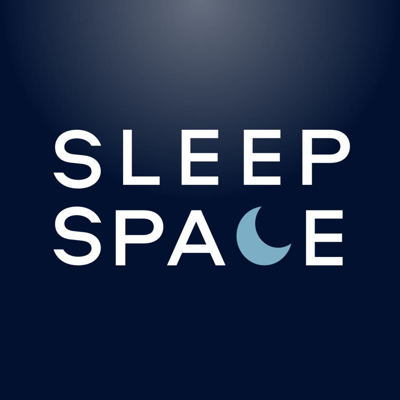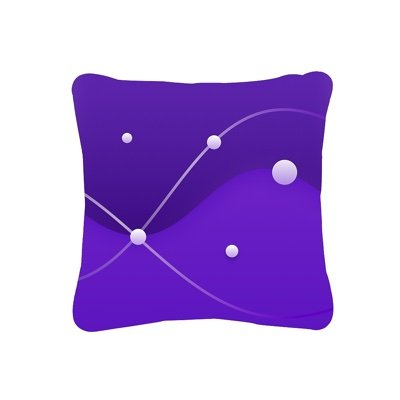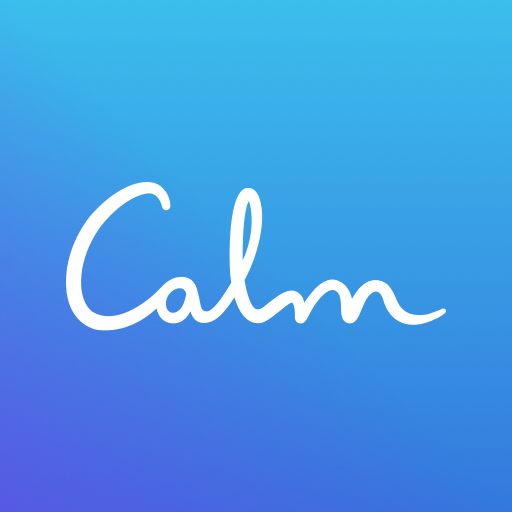Forget the bubbles, all you need for this bath is your ears
![A person plays a singing bowl, an instrument used during a sound bath session that facilitates meditation. [SHUTTERSTOCK]](https://koreajoongangdaily.joins.com/data/photo/2021/10/06/a625db98-ae5a-4034-9b9f-799fb8afa523.jpg)
A person plays a singing bowl, an instrument used during a sound bath session that facilitates meditation. [SHUTTERSTOCK]
“Ding... Ding... Dong... Dang...”
Different frequencies of sound continued to resonate through the Seoul Marina Club & Yacht located inside Yeouido Hangang Park in western Seoul on a recent Saturday afternoon. To every sound of a resonating bell, a group of 10 people who were either lying down or in a seated pose on a yoga mat with their eyes closed inhaled and exhaled deeply.
It may look like a hippie-esque ritual, but it was actually a one-day class of an increasingly popular meditation practice known as sound bath. This immersive experience that uses waves of soothing, echoing sound from traditional percussion instruments like singing bowls has become popular across the globe and in Korea amid the pandemic, as more and more people feel the effects of anxiety and stress.
“My friend invited me to try the class as the amount of stress I've been experiencing since Covid-19 became unbearable,” said Kim Ji-yeon, a 34-year-old living in Seoul. “I tend to bottle up my stress but since the beginning of this year, with this pandemic situation that looks never-ending and me not being able to travel overseas to see my family who live abroad, I just felt I couldn’t handle it anymore. I had difficulty sleeping and breathing so I wanted to visit a therapist then my friend suggested that I take this class first.”
![Crystal singing bowls used by instructor Choi Seo-hong during a sound bath session on a recent Saturday afternoon at Seoul Marina Club & Yacht located inside Yeouido Hangang Park in western Seoul. [YIM SEUNG-HYE]](https://koreajoongangdaily.joins.com/data/photo/2021/10/06/6c18b353-7eae-4089-a84a-a7338fd701e2.jpg)
Crystal singing bowls used by instructor Choi Seo-hong during a sound bath session on a recent Saturday afternoon at Seoul Marina Club & Yacht located inside Yeouido Hangang Park in western Seoul. [YIM SEUNG-HYE]
Kim says the idea of a sound bath seemed a little weird at first.
“I’ve heard of relaxing through a nice hot bubble bath but a sound bath? I didn’t know how it worked,” she said. But after an hour session of “good sound bathing,” she says she felt a lot “lighter, as if somebody had added an additional lung in my body or something. I could breathe a lot easier and I felt mentally and physically rested after the session.”
The use of sound for healing is nothing new. Like the ancient Greeks who used sound vibration to help digestion, induce sleep and treat mental problems, music has been used for its therapeutic effects for thousands of years.
![Sound bath instructor Choi Seo-hong holds a sound bath session during this year's "Royal Culture Festival" held in May at Changdeok Palace in central Seoul. [NEWS1]](https://koreajoongangdaily.joins.com/data/photo/2021/10/06/c2b4a39e-3a64-4c50-8d21-078fb9442f62.jpg)
Sound bath instructor Choi Seo-hong holds a sound bath session during this year's "Royal Culture Festival" held in May at Changdeok Palace in central Seoul. [NEWS1]
Choi Seo-hong, one of the first sound bath instructors in Korea, says sound bathing was developed from the two-thousand-year-old Tibetan tradition of using instruments known as singing bowls — a collection of metal and crystal vessels that emit different frequencies — to clean the soul.
“This practice experienced a great boom in the United States about three to four years ago and recently in Korea as there’s increased interest in health, wellness, meditation and mindfulness,” said Choi.
According to Choi, listening to the transcendental tones of the Tibetan singing bowls encourages meditation and relaxation. To hear more about the history and practice of sound baths and how it can help people achieve a Zen-like state, the Korea JoongAng Daily interviewed Choi. The following are edited excerpts.
Q. Can you first introduce sound bath?
A. We use the word "bath" because you get submerged in sound when you engage in this practice. It’s a healing method using not only Tibetan singing bowls but other instruments as well, to go into the state of full relaxation. You don’t just hear the sounds through your ears, but using your full body in order to bring balance, relaxation and a sense of calm to your whole being. It’s different from listening to relaxing music like slow jazz or classical music. Relaxing music leads the mind to a certain state according to the feeling of the music, but with sound bath, it’s more important to feel the vibrations that resonate from inside your body.
Q. What’s the difference between sound bath and other types of meditation or breathwork practices?
A. Sound baths don’t involve much guidance. We ask the participants to just be present and listen. What practitioners do is strike the singing bowls at the right time to stimulate the alpha and theta brain waves. By using different rhythms and frequencies, we can train the brainwaves to move from the normal beta state to relaxed consciousness, which is the alpha and even reach theta, which is the meditative state. That’s the role of the practitioners using the singing bowls. What participants need to do is just lay down in savasana, a yoga pose where you lie down flat on your back or sit down comfortably. They can get cozy using a blanket and even an eye mask. All you need to do is allow your body to slow down, take a rest and receive the sounds without the need to respond or react.
Q. Why do you think sound baths are gaining popularity at the moment?
A. I’ve felt the interest increasing here from about three years ago. I think more and more people want to work on their issues naturally rather than depend on drugs like antidepressants or sleeping pills. I think it’s especially appealing to Koreans as we are living in such a rat-race society and so many people are looking for ways to find mental stability. I think people began to realize that traveling and resting only provide short-term relaxation, making them turn to an essential way of healing your mind. Many people know the importance of meditation, but it’s quite difficult to do it alone. Many thoughts interrupt you while meditating. That’s why people get into sound bathing.
Q. Who usually participates in your classes?
A. From university students to people in their 70s. In the end, mindfulness and peace are needed by everyone. Most participants are those in their 20s to 40s who currently work. Many of them say they don’t know how to relax and want to learn how to relax their tired souls.
Q. Does sound bathing at home using a kit or a mobile app also help?
![Choi Seo-hong's DIY sound bath kit [CHOI SEO-HONG]](https://koreajoongangdaily.joins.com/data/photo/2021/10/06/869f41bc-edf5-4b54-99c6-3ab4a1cd59c6.jpg)
Choi Seo-hong's DIY sound bath kit [CHOI SEO-HONG]
[REVIEW] Apps that help you relax
Sleep Space

Pillow

Calm

BY YIM SEUNG-HYE [yim.seunghye@joongang.co.kr]










with the Korea JoongAng Daily
To write comments, please log in to one of the accounts.
Standards Board Policy (0/250자)